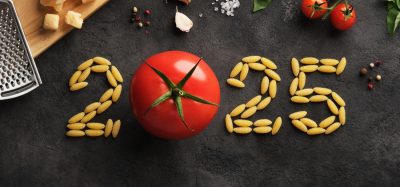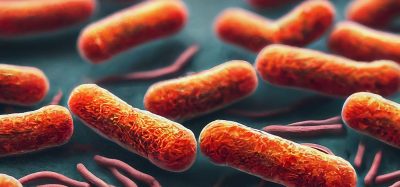Can food insecurity increase a person’s chance of getting diabetes?
- Like
- Digg
- Del
- Tumblr
- VKontakte
- Buffer
- Love This
- Odnoklassniki
- Meneame
- Blogger
- Amazon
- Yahoo Mail
- Gmail
- AOL
- Newsvine
- HackerNews
- Evernote
- MySpace
- Mail.ru
- Viadeo
- Line
- Comments
- Yummly
- SMS
- Viber
- Telegram
- Subscribe
- Skype
- Facebook Messenger
- Kakao
- LiveJournal
- Yammer
- Edgar
- Fintel
- Mix
- Instapaper
- Copy Link
Posted: 10 May 2022 | Abi Sritharan (New Food) | No comments yet
A new study by Washington State University has found a link between food insecurity and the risk of developing diabetes. Here’s a summary of what they discovered…


Young adults (aged 24-32) who were at risk of food insecurity had an increased incidence of diabetes 10 years later, according to a Washington State University (WSU) study.
In the study, published in the Journal of Nutrition, researchers analysed data on nearly 4,000 people from the National Longitudinal Study of Adolescent to Adult Health. They found that adults between the age of 24-32 who said they’d been worried about running out of food, showed greater incidence of diabetes at ages 32-42, compared to those who did not report food insecurity risk.
“When we look at the data 10 years later, we do see this separation in prevalence of diabetes: those that experienced risk of food insecurity at young adulthood are more likely to have diabetes in middle adulthood,” said Cassandra Nguyen, the study’s lead author and an Assistant Professor with WSU’s Institute for Research and Education to Advance Community Health.
While the reason for this connection is not clear, the researchers state that previous data has shown that food-insecure households often have diets with lower nutritional values.
“Eating according to the dietary guidelines tends to cost more money, and it may cost more time,” said Assist Prof Nguyen. “It’s not always accessible to households that have limitations such as transportation to sources of lower cost, nutritionally dense food.”
She added that people experiencing food insecurity can also get caught in a negative reinforcing cycle where “food insecurity is associated with a diet that contributes to disease risk, which then creates additional health care expenses, stressing a household’s economic resources and deepening food insecurity”.
You may also like:
For future work, the research team plans to investigate food insecurity risk and health issues within American Indian and Alaska Native populations. These communities are often left out of annual reports on food insecurity, the researchers added, meaning they may be overlooked when policies are made.
“It’s really important to ensure that individuals who are experiencing food insecurity are able to be identified and that they have resources made available to them to be able to break the cycle,” Assist Prof Nguyen concluded.
Related topics
Food Security, Health & Nutrition, Research & development, retail, Supermarket, The consumer









